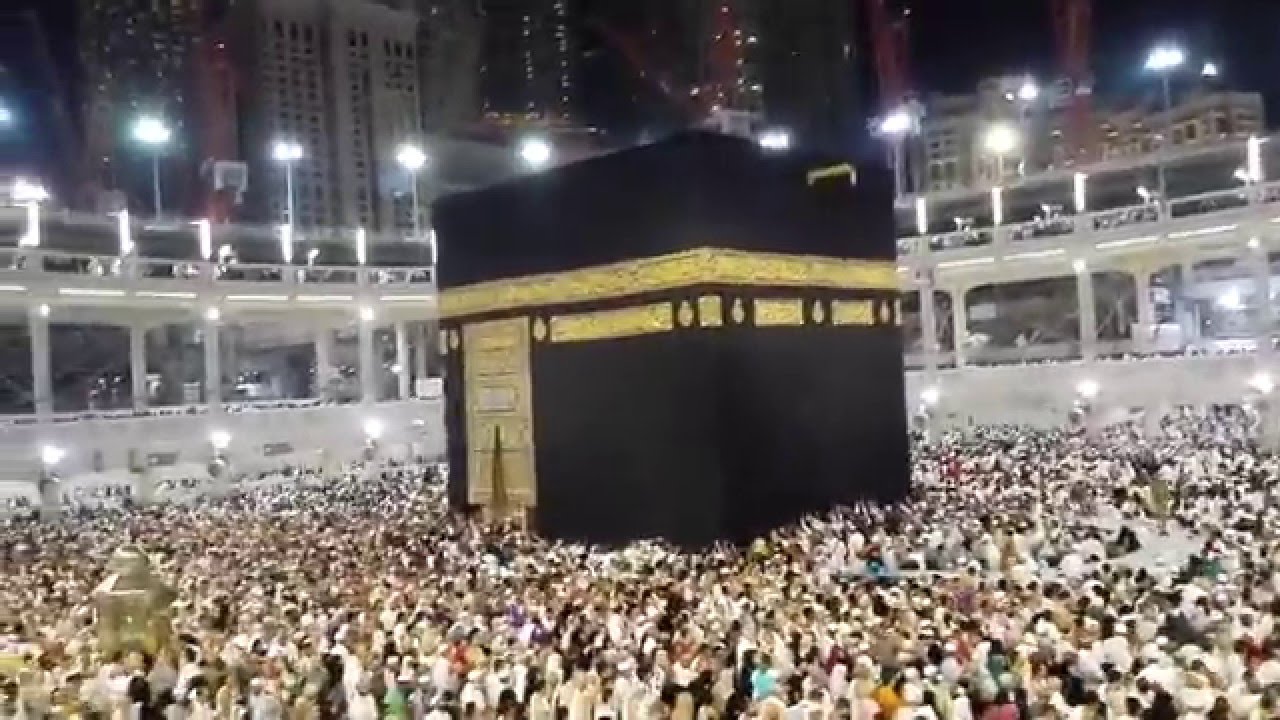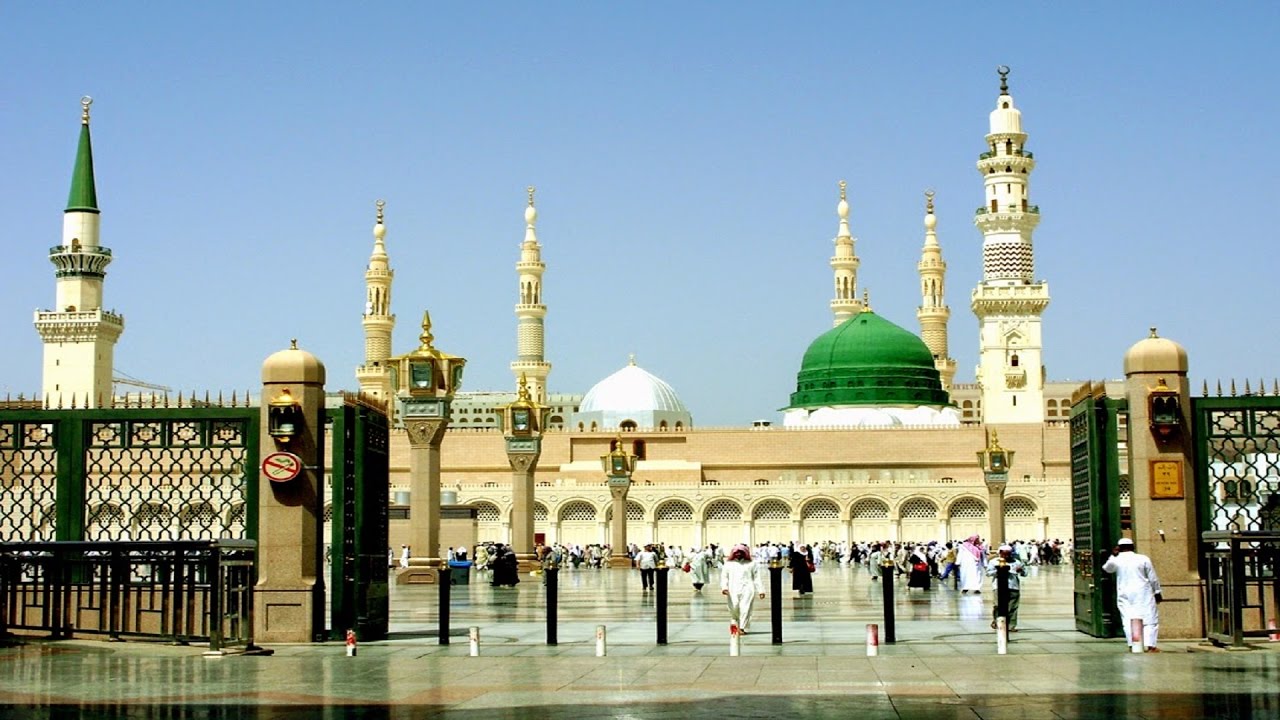Dars e Imam-Ahad Nama
“Bismillahir Rahmannir Raheem””Al-Hamdu Lillaahi Rabbil ‘Aalameen was Salaatu was- Salaamu ‘Alaa Sayidinaa Muhammadin wa Aalihi wa Asabihi Ajma ‘een (tauheed- risalat- ahkirat and islam-iman-ihsan)
Imam Tirmidhi Hakeem ibn Ali (ra)narrates that the Holy Prophet(saws)said, “He who writes this dua on a piece of paper and places it between the kafn and chest of the deceased causes the deceased to not undergo punishment in the grave and not see Munkar and Nakeer (the two angels who question the inmates of the grave).” – Nawaadirul-Usool Tirmidhi narrates from Akbar that when a person recites the Ahad Nama, the angels place a stamp on it and keep it for Qiyaamat. When the deceased is resurrected, they produce this stamped pact and ask, “Where is the person of the pact?” They will then return it to him. – AI-Harful-Hasan
Imam Tirmidhi states, “It is reported that Hadrat Ta’oos (ra)ordered these words to be written. Thus, they were written on his kafn.” – Al-HarfulHasan
Imam Kurduri (ra)writes, “Imam Saffar (ra), has said, “If the Ahad Nama is written on the forehead, turban or kafn of the deceased, it is hoped that Allah(swt)will forgive him and save him from the punishment of the grave.” -Wajeez, Kitaabul-Istihsaan
Durre-Mukhtaar states, “If the Ahad Nama is written on the forehead, turban or kafu of the deceased, it is hoped that Allah(swt)will grant him forgiveness.” -Vol. 1, Baabush-Shaheed .At this very juncture, Durre-Mukhtaar records an interesting incident. A person stated in his will (wasiyat) that ‘Bismillahir-Rahmanir-Raheem’ should be written on either his chest or forehead. Accordingly, it was carried out. Someone later saw him in a dream and asked, “What did you experience?” He replied, “After being buried, the Angels of Punishment arrived but, upon seeing ‘Bismillah’ written, they said, “You have been saved from the punishment of Allah(swt).”
Fataawa Bazaaziya states, “If the Ahad Nama is written on the forehead, turban or kafn of the deceased, it is hoped that Allah(swt)will forgive and protect him from the punishment of the grave. Imam Naseer states that from this narration, it is known that writing this is permissible. It has also been narrated that Hadrat Umar (ra)wrote on the thighs of the horses of Astabul: ‘Hubisaa -Sabeelillah’.” Just before Kitaabul-Jinaayaat
1. When the tasbeeh of grass and fresh flowers on top of the grave benefits the deceased, why can’t the tasbeeh, etc. that is written benefit him?
2. We are instructed to encourage the recitation of the Kalima (Talqeen) to the deceased from outside the grave so that the name of Allah(swt)reaches his ear and he is successful in the test of the Qabr. So, it is hoped that the deceased answers the two angels (Nakeerain) successfully upon also seeing the written name of Allah(swt)inside. This is also a type of Talqeen, and the order to make Talqeen is absolute in the Hadith (‘Laqqqinoo Amwaatakwn’). Therefore, it is correct in any way performed, be it verbally or in writing.
3. Through the blessings of the names of the favoured servants of Allah(swt), difficulties are removed, fires are extinguished and an uneasy heart attains satisfaction. Allah(swt)state, through the remembrance (zikr) of Allah(swt)do hearts gain serenity . – 13/28
Under the ayat, “ما یعلمھم الا قلیل ” Tafseer Nishaanpuri, Roohul-Bayaan and Tafseer Saawi state that the names of the Ashaab-e-Kahf (People of the Cave) are beneficial at many instances, such as at the time of searching for a lost object or retreating in battle. Their names should be written on a piece of paper and placed in a blazing fire to extinguish it. This is also useful at the time a child cries (it should be placed under the child’s head in the cradle), for better farming (stuck on a stick placed in the middle of the farm), for sickness, headache, at the time of going for a judgement (tied around the thigh of the right leg) for protection of wealth, at the time of journeying by sea and to be saved from being killed.” -Al-Harful-Hasan, Tafseer Khazaatnul-Irfaan, Jumal
Hadrat Abdullah ibn Abbas (ra)states that there are seven names of the People of the Cave (Yamleekhah, Makshileenah, MasWeena Mamoosh, Dabamoosh, Shaaznoosh and Martoosh (ra)) – Roohul-Bayaan
The Muhadditheen sometimes record Sahib Chains of Narration (Isnaad) and say, “If this is read on a person with lunacy, he will gain relief.” What is a Chain of Narration? It is the names of the Buzurgs who are narrators of Hadith. The wazifah of the Ashaab-e-Badr is also constantly read. So, how can it be that the names of these Buzurgs were beneficial in our lifetime but cease to be so after our death? This can never be. Help is definitely attained by them. Thus, the Ahad Nama should be written on the kafn, etc. of the deceased.
After death, everybody gains the ability to read. Illiteracy can exist in this world, not in the Hereafter. The Hadith states that the language of the people ofJannat is Arabic. – Shaami, Kitaabul-Karaahiyat However, there are many umamatis in the world who do not know Arabic. Similarly, the angels question every deceased in Arabic and they understand the language. Even on the Day of Mithaaq, Allah(swt)took a pledge from every soul in Arabic. So do the deceased attend a Madrassh after death to learn Arabic? No. It comes to him instinctively. On the Day of Qiyaamat, people will be given their deeds (Naama-e-Aamaal) in written form and both the learned and the illiterate will be able to read it. This proves that after death, everybody can understand and read the language of our Beloved Nabi (saws). Therefore, this written document (The Ahad Nama) is beneficial to the deceased.
This proof has no accordance to the claim (that keeping anything written in the grave is prohibited). It only establishes that it we are not allowed to keep something written with ink or sand in the kafn, but writing something on the forehead of the deceased or chest with the finger, or keeping the Ahad Nama in a niche within the grave, is permissible because in these cases there is no fear of the letters being disrespected. Thus, this objection is not sufficient for you.
Allama Shaami has not prohibited writing completely. He further states in the same quoted reference, “Some scholars have quoted from Fawaaidush-Sharjee that ‘Bismillaahir-Rahmanir-Raheem’ should be written on the forehead of the deceased and ‘Laa ilaaha illallaah Muhammadur-Rasoolullahﷺon the chest, by finger and without any ink. This writing should be done after the Ghusal is given and before kafn is put on the mayyit.” – Raddul-Muhtaar, Vol. 1, Just before BaabtnTashahud .Allama Shaami (ra)has quoted a ruling of permissibility from Fataawa Bazaaziya. It is proof that the elder scholars of the Hanafis rule permissibility on this.
we have already recorded the Sahaaba’s practice of stating in their will (wasiyat) to have the sacred relics (Tabarruks) of the Prophetﷺ in their kafns. The Prophetﷺ” himself placed his Tahband Sharif in the kafn of his beloved daughter, Sayyidah Zainab (ra)ا, Hadrat Ta’us (ra)wished for words of dua to be written on his kafn.
Zahir e amal+ baatin qalb e haal =perfect man /insan e kamil
Renounce the world and Allah will love you
Renounce what people possess and people will love you.
When I want to talk to allah I say prayers and when I want that he talk to me I recite quran- Hazrath Ali(ra)
Make sure you forward this to others .


